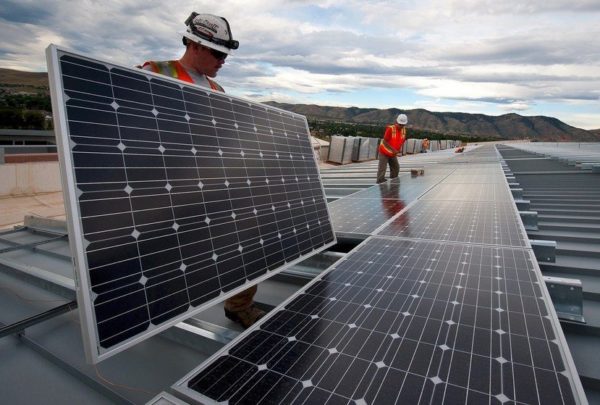What is green construction?
Green construction, also known as sustainable or eco-friendly construction, refers to the practice of designing, constructing, and operating buildings in an environmentally responsible and resource-efficient manner. The goal of green construction is to minimize the negative impact on the environment and human health throughout a building’s life cycle, from design and construction to operation and eventual demolition. We have defined the green construction.
Key principles of green construction include:
1. Energy Efficiency: Implementing energy-efficient technologies and designs to reduce the overall energy consumption of a building. This may include the use of energy-efficient appliances, insulation, and lighting.
2. Water Efficiency: Employing water-saving technologies and practices to reduce water consumption. This can involve the use of water-efficient fixtures, rainwater harvesting, and water recycling systems.
3. Materials Selection: Choosing environmentally friendly and sustainable building materials that have minimal impact on the environment, both in their production and disposal. This might involve using recycled materials, responsibly sourced wood, and low-impact production processes.
4. Waste Reduction: Minimizing construction waste through efficient design, recycling, and reusing materials whenever possible. This can reduce the amount of waste that ends up in landfills.
5. Indoor Air Quality: Ensuring good indoor air quality by using low-emission materials, proper ventilation systems, and other measures that contribute to a healthier living or working environment.
6. Site Selection and Design: Choosing building sites that have minimal impact on the surrounding environment and incorporating sustainable landscaping practices. This might involve preserving natural habitats, managing stormwater runoff, and using permeable surfaces.
7. Renewable Energy: Incorporating renewable energy sources such as solar panels, wind turbines, or geothermal systems to generate power for the building.
8. Green Certifications: Seeking certification from green building standards, such as LEED (Leadership in Energy and Environmental Design), BREEAM (Building Research Establishment Environmental Assessment Method), or other regional certification programs.
Green construction is a holistic approach that considers the environmental, economic, and social aspects of building design and construction. It aims to create structures that are not only efficient and sustainable but also contribute to the overall well-being of occupants and the surrounding community.
What makes a construction green?
All the way from how the design is made to how the demolition waste is handled at the end of the lifecycle of a building make up what green construction encompasses.
As global warming and climate change become pressing issues worldwide, different industries are dealing with the challenge by embracing more environmentally-friendly and resource-efficient processes and operations.
Consequently, the construction industry is increasingly adopting green construction in a bid to build responsibly, reduce waste, and conserve the environment. This development builds upon the understanding that a building can have a significant effect on the natural environment and the inhabitants of the building. Conversely, these designs aim to have positive outcomes for both the environment and its inhabitants.
Features of Green Construction
Any construction project, whether a home, office, hospital,or community center, can involve green construction if various features are met. Features of green building’s include:
- Efficient use of energy, water, and other resources
- Use of renewable energy like solar or geothermal energy
- Waste reduction measures such as reuse and recycling
- Excellent indoor air quality
- Use of non-toxic, ethical and sustainable materials
- Design, construction, and operation that considers the quality of life for occupants and environment
5 Types of Green Construction
1. Net-zero energy ready. This type of green construction uses fossil fuels for heating.
2. Net-zero energy. This generates enough power on site to satisfy its demand.
3. Net-zero carbon. Uses low carbon energy coupled with fossil fuels.
4. Zero carbon. This type of green construction uses low-carbon fuels only.
5. Zero carbon and grid-interactive. Fossil fuels on site and generation and load are optimized to meet grid needs.
Benefits of Green Construction
Green construction is witnessing a surge in popularity because of its numerous advantages over non-green buildings. Several benefits of green construction include:
- Low maintenance costs
- Energy efficiency
- Better health outcomes for occupants since safe materials are used
- Reduce strain on natural resources
- Contribute to environmental sustainability
- Reduce carbon footprint
- Increase property value
These are the benefits of green construction. Green construction is the future and in the fast-paced construction industry, it pays to be ahead of the pack. Join the early adopters of green construction and leverage on its appeal to achieve a competitive edge.
Tools like PlanHub can help you plan your green construction project, offering you a platform for sharing project files and information. To stay up to date on construction industry trends, or to learn more about our software and its benefits, contact us today!




